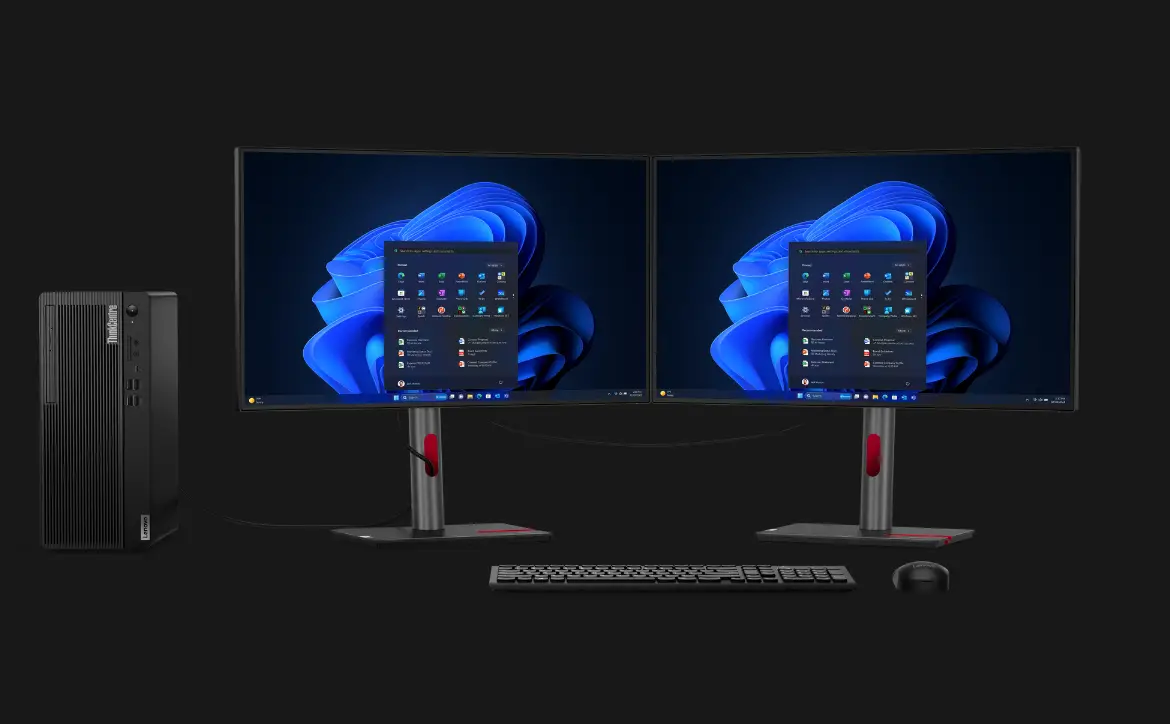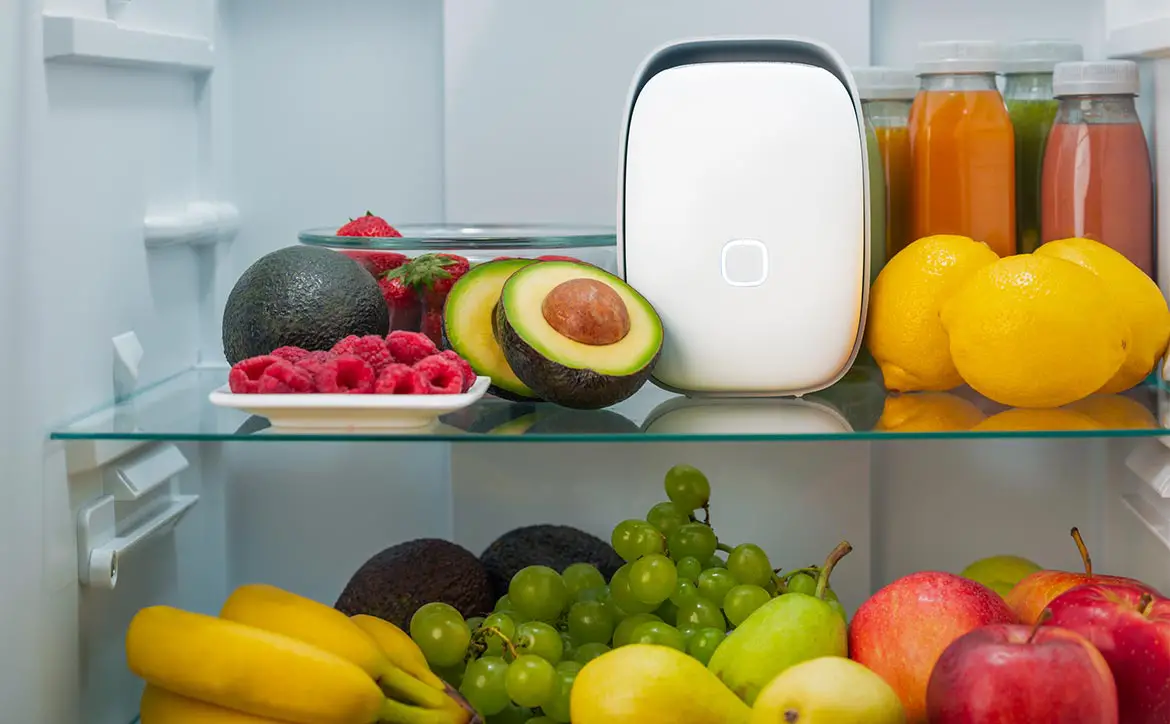There have been many casualties and millions of dollars lost to the virus so now is the time to increase cybersecurity. Cybersecurity, yes you read that right, forget about Coronavirus for a moment. With millions of people confined to their homes, how many do you think are working remotely, have children attending digital classes, or watch Netflix?
The increase in online traffic also increases the chances a malicious virus will target your computer or network. Malware is hardly as horrific as COVID-19, but with peoples’ range of interaction limited to virtual, it could ruin your day.
The first computer virus was surprisingly not malicious, being developed instead as an experiment. Born in 1971, “Creeper” proved that computers were vulnerable to tampering, mobilizing developers and programmers to build defenses.
By the late 80s, the spread of viruses was getting out of hand. The Morris Worm infected 1 in 10 computers connected to the internet in the first 24 hours of its release. Many institutions wiped their systems to destroy the worm. In response, virus detection software was developed and many people were inspired to become hackers. Which also ushered in the world of cybersecurity.
The very next year Dr. Popp, the first known ransomware, spread through infected floppy disks. Seemingly to avoid the increase in detection software, the ransomware was not active for 90 power cycles. Once activated, Dr. Popp would lock the infected computer and demand payment for a “software lease” of up to $378.
A decade ago the world was plagued with international ransomware ranging from CryptoLocker to the aptly named WannaCry. Ransomware stole millions from targets around the world, some specifically attacking backup processes and tools. Many businesses have buckled down and started investing in more cybersecurity.
That was then, now we have more vulnerabilities through expanded use and even new tech. 5G networks rely on software updates to maintain security, and it only takes one unsecured device to compromise an entire network. If you don’t think it’s a big deal, I’ll leave you with this, it is projected that by 2025 worldwide data storage will reach 175 Zettabytes with 1 in 5 wireless connections using 5G.
Learn more about cybersecurity from Acronis here!
What do you think of cybersecurity and data storage protection? Let us know in the comments below or on Twitter, or Facebook. You can also comment on our MeWe page by joining the MeWe social network.
Last Updated on February 3, 2021.












